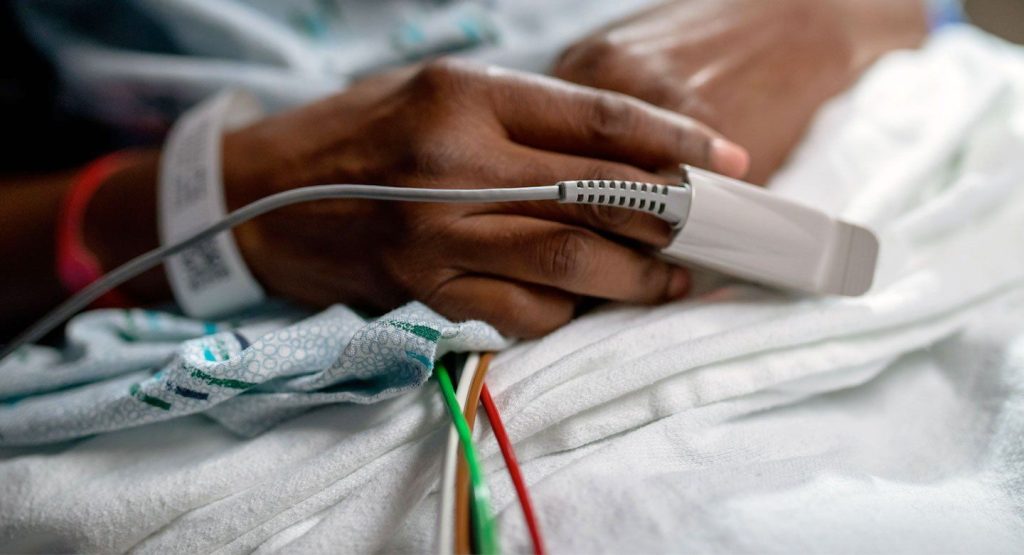
A pulse oximeter is a non-invasive medical device used to measure the oxygen saturation (SpO2) levels in a person’s blood, as well as their heart rate (pulse rate). It is clipped onto a fingertip, earlobe, or other sites rich in blood vessels, providing real-time monitoring of oxygenation status and heart function.
A pulse oximeter is a small, portable device that measures the oxygen saturation (SpO2) level of arterial blood non-invasively. It works by emitting light through the skin and measuring the amount of light absorbed by oxygenated versus deoxygenated hemoglobin in the blood. This allows for continuous or spot-check monitoring of oxygen levels and heart rate, providing critical information for assessing respiratory function and overall health.
Using a pulse oximeter typically involves the following steps:
© 2023-2025 Blue Water Urgent Care. All Rights Reserved. Made With Love by Ignite Marketing Agency.